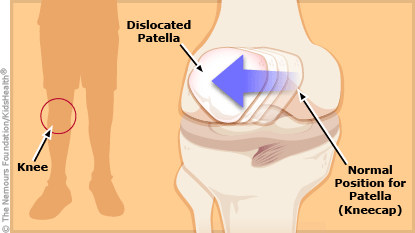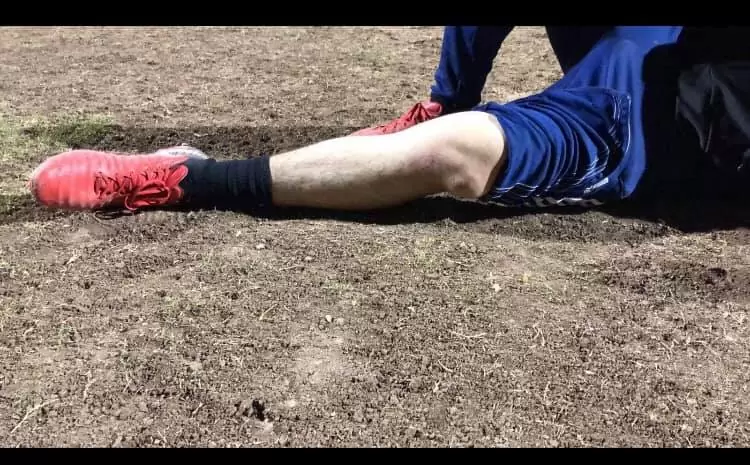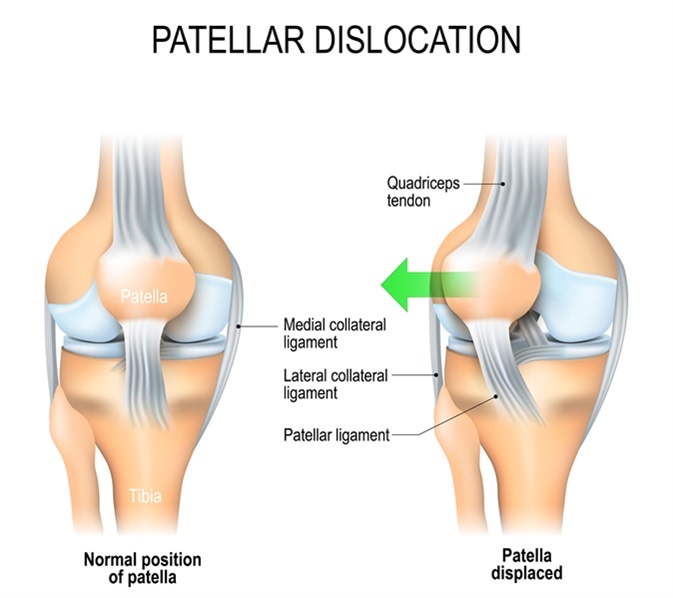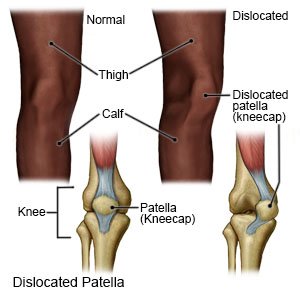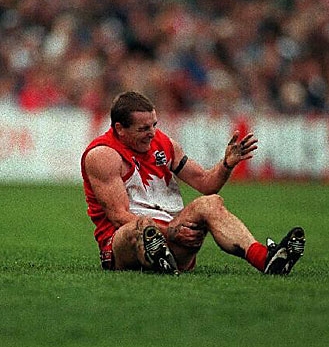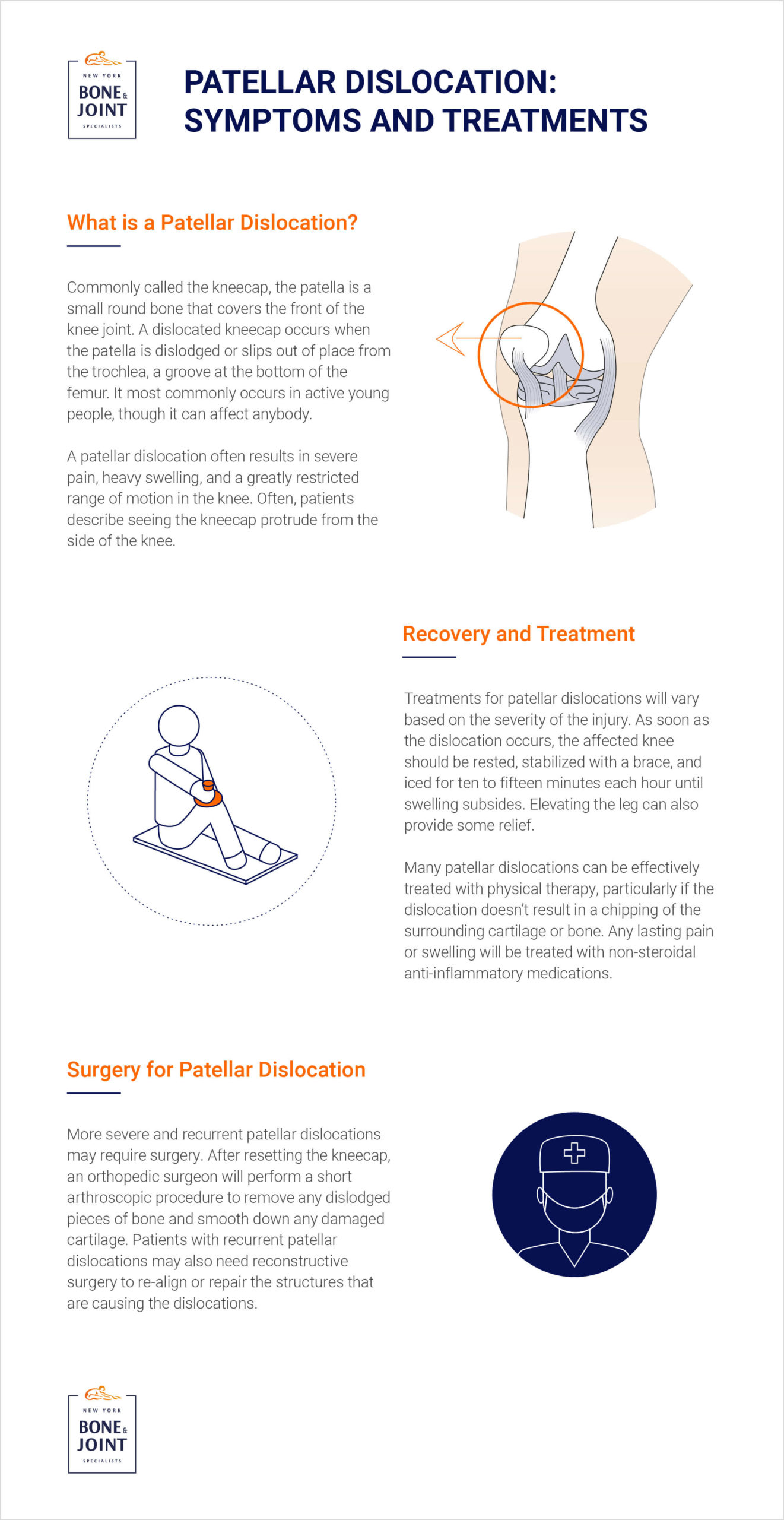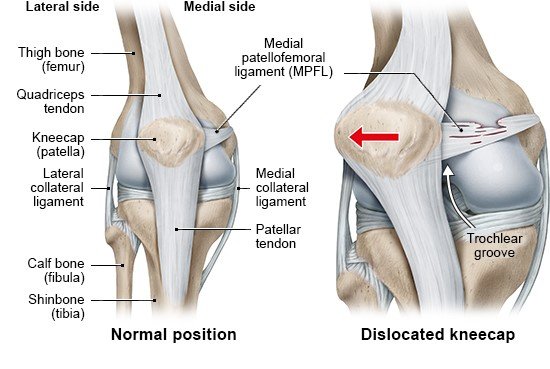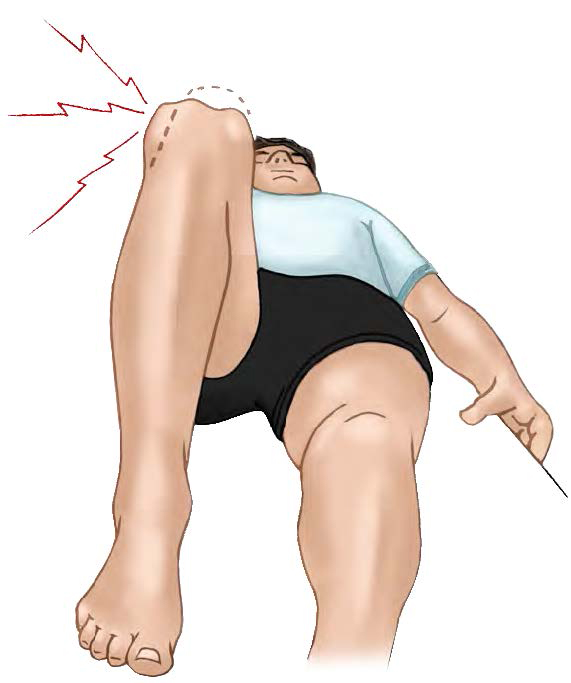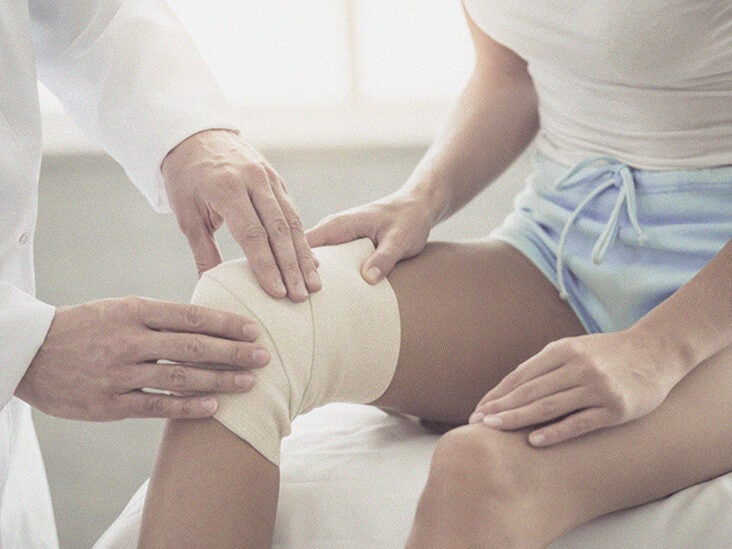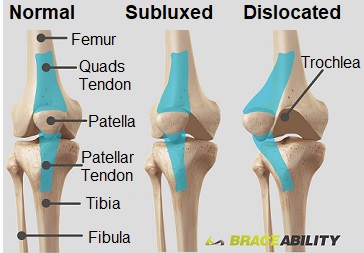Great Tips About How To Prevent Knee Cap Dislocation

But be sure to consult with an expert first on the right way.
How to prevent knee cap dislocation. In fact, physical therapy offers future injury prevention. Planting the foot and rotating the leg while the knee is flexed is the most common cause of a dislocated kneecap. There are several ways to prevent a knee replacement from becoming dislocated, including physical therapy and exercises to strengthen the surrounding muscles, weight loss to.
Wearing proper protective gear in contact sports is another important way to. When the knee is bent, the kneecap is usually pushed toward. When patellar dislocation is congenital, the joint can only be repaired through surgery.
Repairing and strengthening the cartilage and ligaments is a preventative measure to restabilize the knee. It’s common for crutches to be prescribed for this injury. The idea is to strengthen muscles around the joint.
Strengthen your leg muscles to better support your knees and avoid injuries by working out with weights. The movement involves squatting down with your back straight. For the best results when patella strapping, it is recommended to prepare the knee by doing the following:
If tests show that you have no damage, your knee will be placed into an immobilizer or cast to prevent you from moving it. If you’re worried about your kneecap subluxing or dislocating again, try wearing a knee brace throughout the day and while exercising to prevent maltracking of your kneecap. Squats will work every muscle in the thigh and get results that will help prevent kneecap dislocation from recurring.
Regularly doing the exercises your physiotherapist recommends can help strengthen the tissues that hold the kneecap in place and reduce the risk of dislocating it again. Up to 4% cash back to prevent the knee or kneecap from dislocating again and further damaging cartilage and ligaments using a knee brace.

